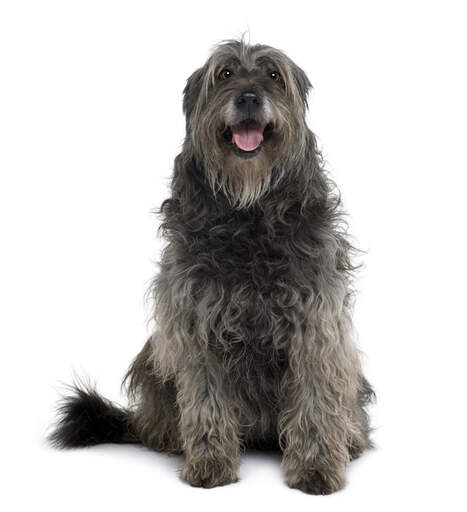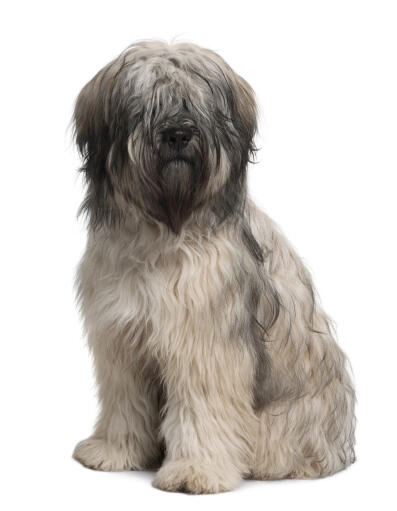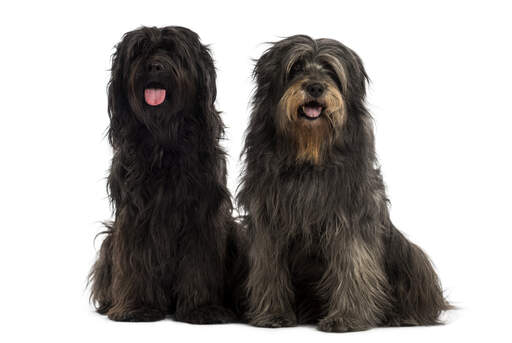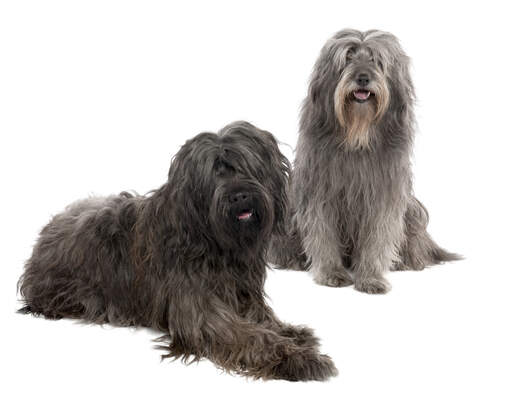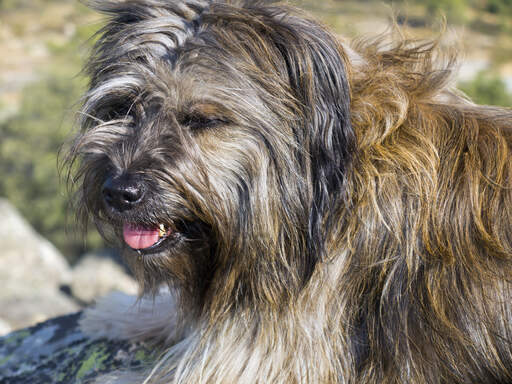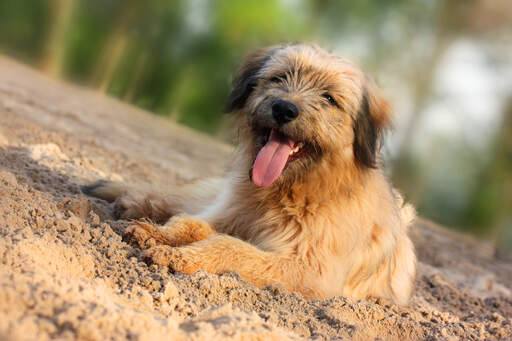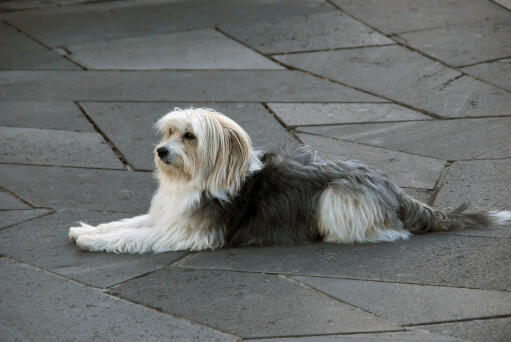Catalan Sheepdog







History
The Catalan Sheepdog was developed in Catalonia, Spain, as a herding dog. It may have been introduced by the Romans more than 2000 years ago when they first occupied that region. It was used to both guard flocks and herd cattle, but it's exact bloodline is lost in the mists of time. They were used in World Wars I and II as messenger and guard dogs and today are used as Police dogs and by search and rescue teams in Spain. It was a very rare breed by the 1970s, but a breeding program was established then. They are still used today as herding dogs and their numbers are slowly growing.
Behaviour
These gentle obedient dogs make great family pets and are good around children. They have a patient nature and are rarely aggressive. They can be wary of strangers, but good socialization at a young age should prevent any problems. They have less 'herding nature' than other sheepdog breeds, so are less likely to try and round up children or other dogs when out and about. They get on well with other dogs and cats if raised with them and form close bonds with their human family. They make good watch dogs and are naturally watchful over those around them.
They are easy to train, and love being close to their owners. They respond well to fair and consistent training, with lots of praise necessary to encourage them. Activities such as agility, flyball, herding, and general obedience help keep their minds active and they thrive when given a job to do. They are a hard working breed that needs to be kept busy. Training classes are recommended, along with home training every day to reinforce who is boss. Their intelligence means that they can become bored easily, but training, long walks and lots of games in the garden will prevent destructive behavior. They can be left for short periods if they have received a long walk beforehand.
Catalans need a fair amount of exercise - a long daily walk and the chance to run around will keep them happy. Recall is good once they are trained, but the herding instinct can kick in, so it's always best to walk them in a secure area or on a long leash. They are rarely aggressive to other dogs, but there are always exceptions. Making sure they meet lots of new dogs from a young age really does pay off later in life.
Their coat needs regular brushing to remove dead hairs - at least 3 times a week to keep it in good condition.
They sometimes have dental problems, so getting them used to having their teeth looked at will pay off when it comes to vet visits.
Temperament
Catalan Sheepdogs have a dependable and balanced temperament. They are good all-round dogs who adapt well into a range of family settings. That said, their herding instincts will often kick in and you will find them trying to take control around the house. Early socialization and training will pay dividends, and it is particularly good to get them used to meeting children. Protective of is human family, the Catalan also makes a good guard dog.
Health Problems
Catalan Sheepdogs are prone to canine hip dysplasia (CHD), patella luxation (dislocation of the kneecap), progressive retinal atrophy (PRA: degeneration of the retina which can lead to blindness), epilepsy, glaucoma, and some dental problems.
Breed Details
- Status: Rare
- Life Expectancy: 12 - 14 years
- Weight: 40 - 60 lb
- Height: 16 - 19"
- Rare: Yes
- Coat: Medium
- Grooming Requirements: Once a week
- Town or Country: Either
- Minimum Home Size: Small House
- Minimum Garden Size: Small to Medium Garden
- Breed Type: Herding
- Size: Medium
- Energy Level: Medium
- Exercise Required: Up to 1 hour

